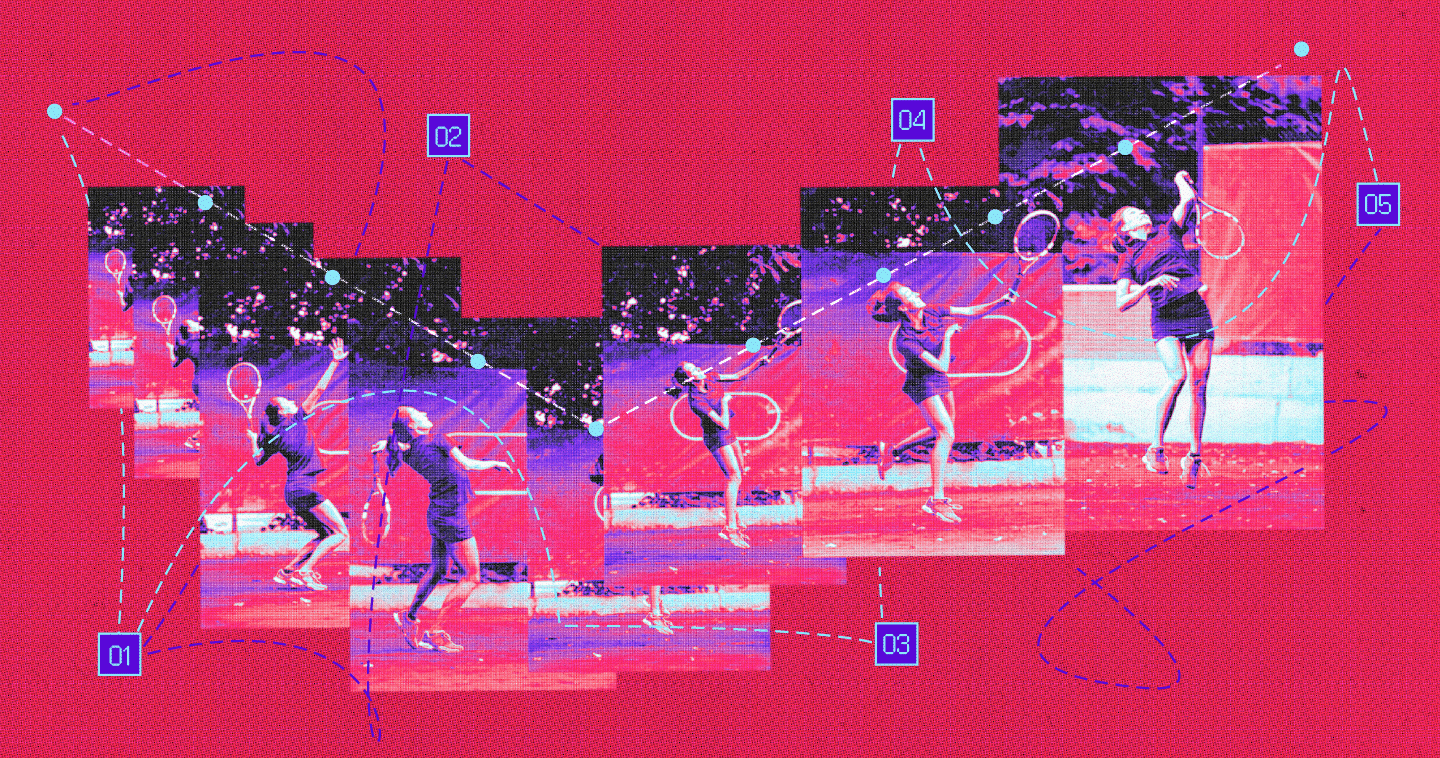Shooting in low light is one area where mobile devices have struggled. SanDisk’s EPIC initiative enables manufacturers to offer endusers devices that will provide high image quality and a good user-experience.
In part 1 of this blog, we looked at the genesis of the EPIC Initiative to improve mobile photography. In this post, we will discuss what actually makes a device EPIC from a hardware perspective to help consumers separate the features and functionalities that are important mobile imaging experience from the specs that are sometimes, well, just numbers.
The Megapixel Movement in Mobile
Since the birth of consumer digital cameras, camera manufacturers have engaged in an arms race centered mostly on the resolution: who has the greatest and the most advanced megapixels was perceived as the winner! As the technology progressed, the gap all but disappeared. Consequently, companies began to emphasize technologies that actually can improve photo quality better and give the manufacturer more room to innovate. Look at the stunning, sudden popularity of interchangeable lens compacts and mirrorless cameras. Consumers are getting a better experience that has little to do with megapixels.
Interestingly, mobile device manufacturers seem to be going through the same growing pains, driven by a lack of understanding of what consumers really want. The fact that some manufacturers are promoting greater megapixel cameras for their mobile devices is a true testament for the mentality that “if the market demands it, and it’s a number, we should continue to promote it.”
The reality, however, is that of all the images taken on a mobile device only 17% are actually printed and most of these photos are never printed bigger than A4. (8 x 11). In fact, lower often means better. Most people aren’t aware of the fact that having fewer pixels in the same space usually means the pixels can be larger and are therefore more efficient at gathering light – thereby improving low light performance.
Thus, EPIC recommends 13 megapixels and resolution for 4K video recording as standard. In reality, 13 megapixels could also arguably be a maximum at least for most models. It allows room to crop and edit.
Storage Matters
Next up is the memory storage. The mobile device should feature memory designed for imaging with fast sequential write speed and high capacity that will meet or even exceed the demand of RAW, burst, RAW burst and other processing intensive usage for capturing photos as well as processing photos on the go. As such, an EPIC device should feature a minimum of 32GB of SanDisk’s iNAND 7132 or 7232 embedded storage.
From a user experience point of view, the screen on the device is also very important. A high quality QHD display should be specified so users can view images and videos in high resolution directly on the phone.
All About Operating Systems
Next up is the operating system; Android Lollipop 5.1 or greater combined with full implementation of the Google Camera 2 API will allow both RAW and RAW burst image capture so users can make the most of the images they capture. I will discuss about RAW Burst in more details in future posts.
Finally, to really make the most of the RAW capability which is the cornerstone of SanDisk’s EPIC Initiative, consumers need to be able to both view and edit their RAW images directly on the phone, without having to download them to a computer first. Adobe’s Lightroom for Android app, part of the Creative Cloud suite makes an ideal solution as it provides a clean user interface and advanced editing capabilities.
With all of this, from a hardware point of view a device can be considered as EPIC, giving Extreme Photo Imaging Capabilities. But of course mobile image quality is much more than the sum of components put together. We’ll cover the inadequacies of the existing benchmarking tests and the promises of new under-development benchmarking tests in a future blog post. Stay tuned.




